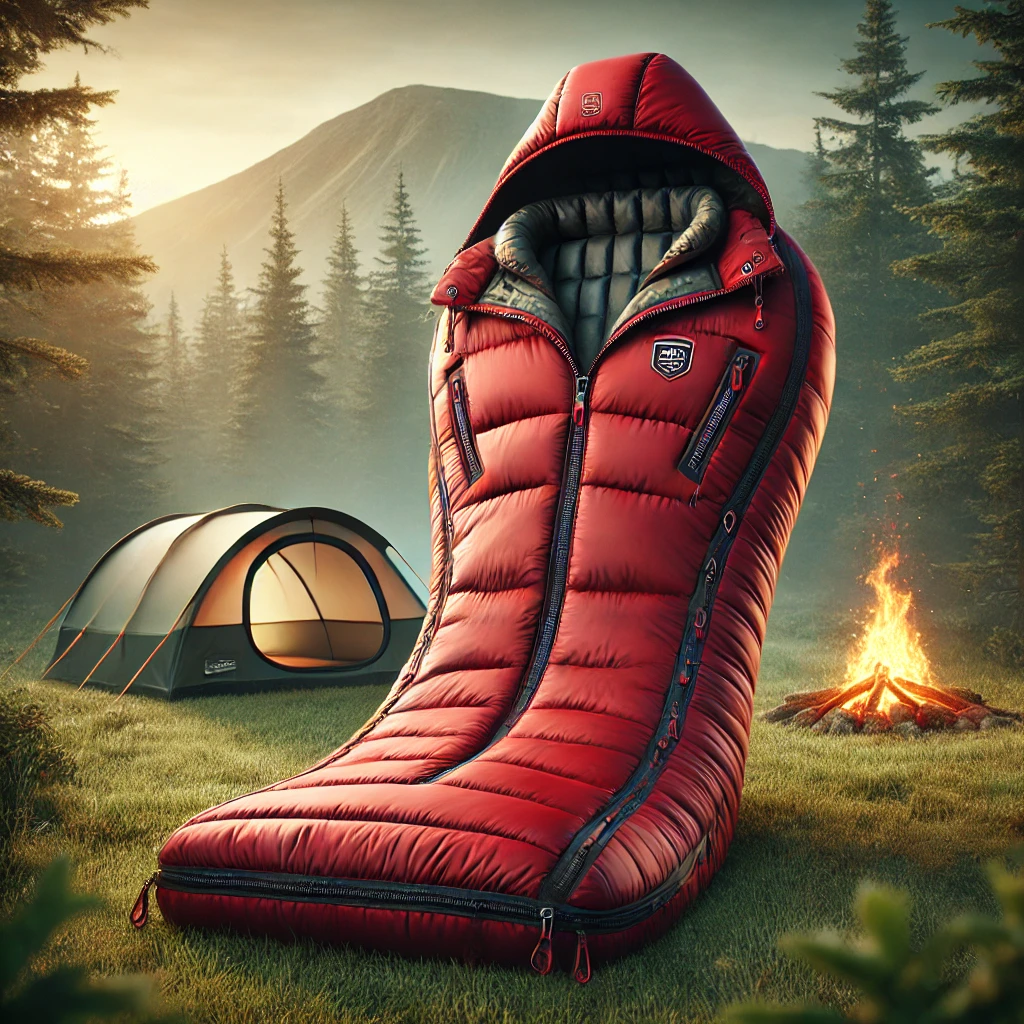
Who would’ve thought picking the right sleeping bag could feel like choosing a partner? Different seasons ask for different cozy companions, and getting this right can make or break your outdoor adventure. A sleeping bag’s role is to keep you warm and comfy, but how it performs depends a lot on when you’re camping.
Temperature ratings on bags are there for a reason. They help guide you on when to use them to avoid freezing or overheating at night. Think of them like the Goldilocks guide to camping – you want everything to be just right.
You’ve got your Summer bags, which are lightweight and breathable, perfect for warm nights. Three-season bags are the most versatile, handling spring, summer, and fall with ease. Winter bags? They’re your best friends when camping in the snow or high altitudes, all thick and snug.
Climate and altitude also play a sneaky role. Chilling in a high-altitude spot in the middle of summer could still mean needing a warmer bag. Understanding the likely conditions where you plan to camp can save you from many shivering regrets.
Materials matter too. Down and synthetic fills are the main choices out there, each bringing its own pros and cons. Understanding how they work with insulation to keep you warm, dry, or cool is key when tailoring your gear for different adventures.
Key Features to Consider in a Sleeping Bag for All Seasons

When you’re on the hunt for that dream sleeping bag to suit any adventure, it’s all about nailing the features. So, where to start? Let’s weigh the warmth against the weight with insulation type. Down is light and packs small but struggles with wet conditions. Synthetic, on the other hand, handles moisture like a pro, though it’s often bulkier.
Bag shapes – these can feel like a personal style choice, but they impact how cozy you’ll feel. Mummy bags wrap you up mummy-style and keep heat locked in. Rectangular bags offer more space to stretch and roll around. Somewhere in between? That’s the semi-rectangular, a nice compromise if you’re indecisive.
Lightweight isn’t just a buzzword here, especially if you’re carrying your life on your back. Every gram counts, but so does how compact your sleeping bag becomes when it’s packed away. A lighter bag that’s easy to store? Total win.
Temperature ratings pop up again, making sure you’re choosing a bag that aligns with your warmth needs across seasons. Ever heard of EN ratings? They’re like the global standard to ensure the warmth claims are on the nose.
Keep an eye out for those extra features too – a nifty hood that’s cinch-friendly, a draft collar to keep chilly air at bay, and well-placed zippers for easy access. Pockets on the inside can be pretty handy when you need to tuck away essentials.
Lastly, don’t underestimate the versatility of a good sleeping bag liner. They add layers of warmth and keep things cleaner, making your multi-season bag even more adaptable.
Practical Tips for Purchasing and Maintaining Multi-Season Sleeping Bags
Choosing your ultimate sleeping bag is like a fun mix of detective work and a treasure hunt. You’ve got to figure out what you need and balance that with what’s in your wallet. Start by listing your year-round adventures – from summer beach trips to chilly autumn hikes. Knowing your adventures helps you pick a bag that fits across all your planned escapades.
Budget can feel like the not-so-fun part, but there are sleeping bags for every price range. Decide what’s most important to you – durability, weight, warmth, or perhaps a bit of each. Sometimes, spending a little more upfront can mean your bag lasts through countless adventures.
When it’s time to buy, weigh your options. Outdoor specialty stores offer hands-on experience, letting you feel the fabric and check the zippers. Online shopping has its perks too, with a wider range of choices and competitive prices, but be sure to read those reviews like your next trip depends on it.
Keeping your sleeping bag in tip-top shape is part of the deal. Proper cleaning and smart storage might extend its lifespan more than you’d think. A gentle wash for a deep clean and storing loose (instead of packed) helps the bag keep its loft and continue performing well.
Testing comfort is crucial too. Don’t just rely on numbers and shapes – hop in one at a store if you can. It’s like test-driving a car – you want to make sure it feels right.
Reviews from other campers can be a treasure trove of information. Look for those golden nuggets of feedback about comfort, longevity, and real-life warmth to guide you towards a brand you can trust.
